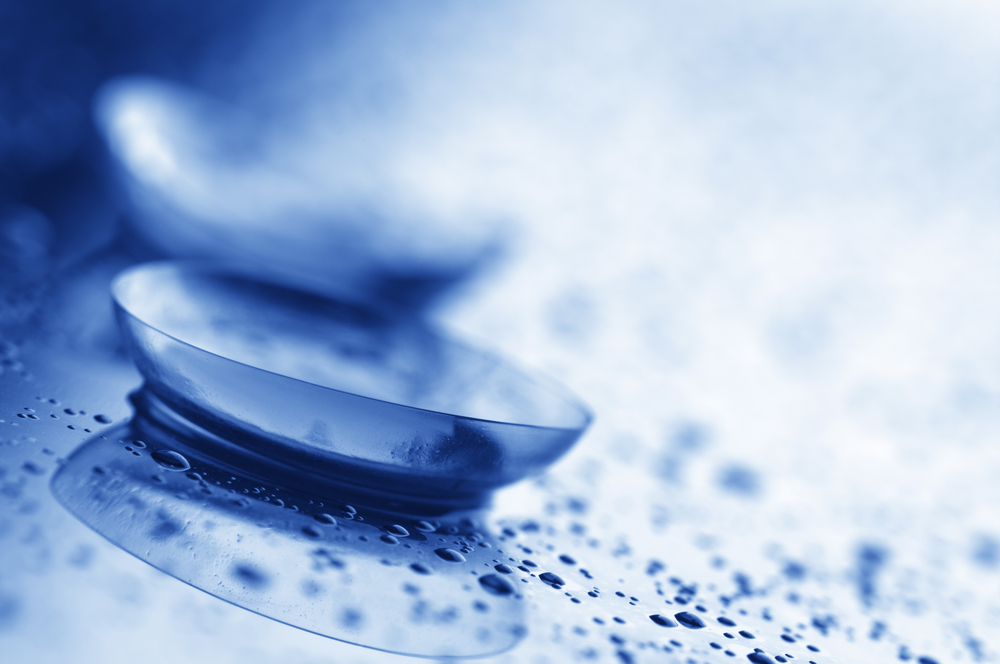

Dry eyes can make wearing contact lenses a challenging experience. When your eyes lack the necessary tear production or quality, the discomfort and irritation caused by contact lenses can be exacerbated. This can lead to a range of unpleasant symptoms, including redness, burning, stinging, and blurred vision.
Individuals with dry eyes often find that traditional contact lenses exacerbate their condition, leading to increased discomfort, reduced wearing time, and potential eye health issues. Understanding the specific challenges faced by those with dry eyes is the first step in finding the right contact lens solution.
Challenges Faced by Individuals with Discomfort from Dry Eyes When Wearing Contact Lenses
Reduced Tear Production: Individuals with dry eyes often have a diminished ability to produce tears, which are essential for maintaining the health and comfort of the eyes. This can lead to a feeling of dryness, irritation, and discomfort when wearing contact lenses.
Increased Lens Dehydration: Contact lenses can further exacerbate the problem by absorbing the limited tear film, leading to lens dehydration and a dry, uncomfortable feeling.
Increased Risk of Infection: Dry eyes can also increase the risk of eye infections, as the lack of adequate tear production can compromise the eye's natural defenses.
Reduced Wearing Time: The discomfort and irritation experienced by those with dry eyes often leads to a reduced ability to wear contact lenses for extended periods, limiting their daily usage and activities.
Contact Lenses Suitable for Dry Eyes and Their Features
There are several types of contact lenses specifically designed to address the needs of individuals with dry eyes. These lenses incorporate features that help alleviate discomfort and maintain eye health.
Silicone Hydrogel Lenses: These lenses are highly breathable, allowing more oxygen to reach the eyes, which can help reduce dryness and discomfort. They are also more resistant to dehydration, maintaining their moisture and comfort levels for a longer period.
Daily Disposable Lenses: Daily disposable lenses are replaced every day, eliminating the buildup of deposits and proteins that can contribute to dryness and discomfort. These lenses are often made from materials that are more resistant to dehydration, providing a fresh, comfortable wearing experience.
When selecting the right contact lenses for dry eyes, it's important to consider factors such as lens material, oxygen permeability, and the specific needs of your individual condition.
When to See an Optometrist for Dry Eye Management
While the contact lenses can provide relief for many individuals with dry eyes, it's crucial to consult with an optometrist for a personalized evaluation and treatment plan. Your optometrist can assess the underlying cause of your dry eye condition, recommend the most suitable contact lens option, and provide guidance on proper lens care and maintenance.
During the consultation, your optometrist may perform various tests, such as measuring tear production, assessing the quality of your tear film, and evaluating the health of your eyes. Based on these findings, they can prescribe the most appropriate contact lenses and provide tailored instructions on how to wear and care for them to maximize comfort and eye health.
Additionally, your optometrist may recommend supplementary treatments, such as eye drops, or lid hygiene to address the root cause of your dry eye condition and enhance the effectiveness of your contact lens wear.
Tips for Contact Lens Care and Maintenance to Alleviate Dry Eye Symptoms
Proper contact lens care and maintenance are crucial for individuals with dry eyes. Here are some tips to help alleviate dry eye symptoms:
Cleaning and Disinfecting: Regularly clean and disinfect your contact lenses according to the manufacturer's instructions. This helps remove buildup of proteins, lipids, and other deposits that can contribute to dryness and discomfort.
Lens Replacement: Follow the recommended replacement schedule for your contact lenses, whether they are daily, weekly, or monthly disposables. Replacing lenses as directed helps maintain their optimal hydration and performance.
Lens Rewetting Drops: Use preservative-free lens rewetting drops throughout the day to help replenish moisture and keep your eyes comfortable while wearing contact lenses.
Environmental Factors: Be mindful of environmental factors that can exacerbate dry eye symptoms, such as air conditioning, heating, and dry climates. Adjust your contact lens wear and use rewetting drops accordingly.
By following these tips and working closely with your optometrist, you can find the right contact lens solution and maintain optimal eye health, even with dry eye conditions.
Get Started with Quick Vision Today
Navigating the world of contact lenses can be challenging, especially for individuals with dry eye conditions. However, with the right approach and the guidance of an experienced optometrist, you can find the contact lenses that work best for your unique needs and alleviate the discomfort associated with dry eyes.
If you're struggling with dry eyes and want to find the right contact lens solution, schedule an appointment with Quick Vision. We will work with you to assess your specific needs and provide personalized recommendations to help you achieve clear, comfortable vision. Visit our office in Vincennes, Indiana, or call (812) 255-0559 to book an appointment today.











